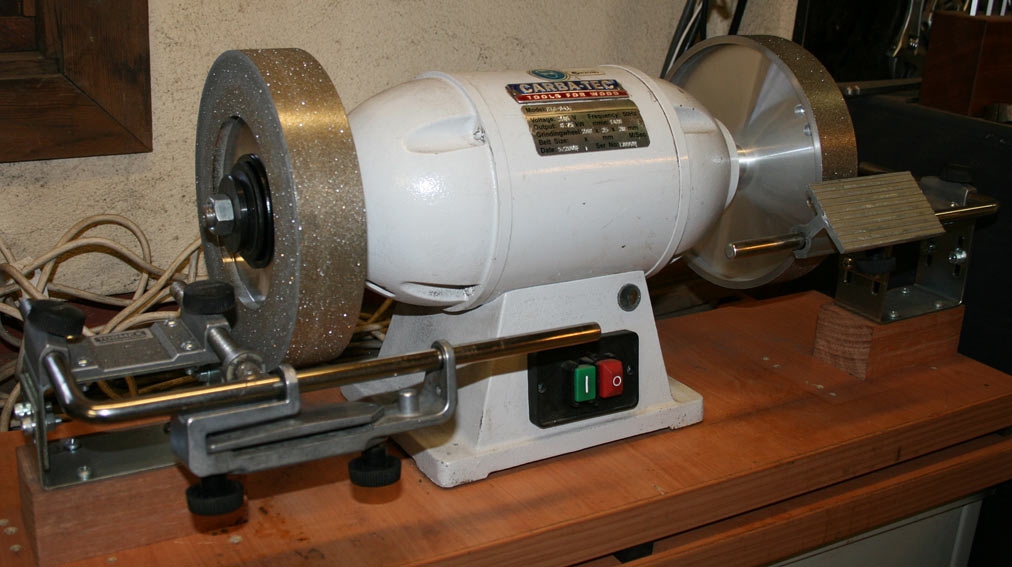jeffinsgf said:
Derek, I believe you missed the part about that video being over 20 years old, and I reposted it to address the issue of speed for bench tools. Tormek has a new diamond wheel that I mentioned with regard to turning tools, but even with the SG-250 stone my experience with turning tools is that the only time it takes longer to sharpen a turning tool with a Tormek is the first time. If you jig up and repeat the identical grind, the Tormek is just as fast and delivers an edge that lasts longer.
I did a 5-day workshop at Craft Supplies several years ago where a couple Tormek owners and I were sharpening our tools with a Tormek and the rest of the class was sharpening with CBN wheels on bench grinders. We went back to the Tormek far less often than the other students went back to the grinder and we spent less time there when we did.
And that was before the advent of the diamond wheel.
Hi Jeff
I did not miss that it was a 20-year old video. In my experience - using the Tormek and a range of bench grinders with all sorts of wheels - the Tormek has a weakness that it cannot overcome: it was defined for a different era of sharpening, when the only alternative available was a high speed grinder with a grey wheel (designed for metal). Woodworkers struggled with these and burned blades in a few seconds. The Tormek came along with slow, wet grinding. This was a revolution.
But now it is hampered by the slow speed. Modern grinding has slowed the bench grinder by half and added CBN wheels. These run cool, and the sharpening is in a fraction of the time of a Tormek. The main advantage of the Tormek now - its tool rest - can be used on a bench grinder.
The Tormek is not improved enough by a large CBN or Diamond wheel. The speed remains the same and so cutting is still as slow as a carthorse. Now this may very well aid a beginner, but the system is not for someone who is intermediate or advanced.
I do vaguely recall that we used to debate whether the Tormek is a sharpening system, as Tormek refers to it, or a grinder, as I believe. For a serious flat woodworker, chisels and planes blades need waterstones, not a strop. The basic, regraded Tormek wheel gets to 1000 grit. That is where I start sharpening with waterstones. I finish at 13000. Now the Tormek strop with paste can get to 20000, but one is buffing a 1000 serrated edge, and you will be left with fine serrations when finish planing.
Turning chisels are made of M2 and M4 steel, which is another kettle of fish. High speed grinder and 180 to rough shape, 300 and 600 grit CBN wheel to finish. This steel can manage the heat, and there is no need for a slow speed grinder.
I loved my Tormek when I first got it. But it is now dated. Tormek adding CBN and Diamond wheels in an attempt to keep up unfortunately is too late.
Regards from Perth
Derek

